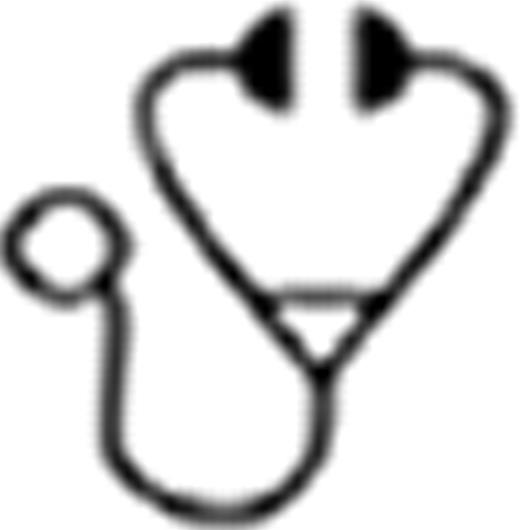Abstract
HMA such as 5-azacitadine or decitabine have been increasingly used as induction therapy in elderly patients with AML. The prognosis of such patients who failed initial HMA and the impact of subsequent chemotherapy on outcome are unknown. Therefore the aims of the current analysis are 1) to evaluate the prognosis of elderly patients with AML post HMA failure and 2) to evaluate the efficacy of using intensive cytarabine-based salvage therapy vs. low intensity investigational therapy.
We analyzed 54 patients older than 60 years old with AML who received induction treatment with HMA using either 5-azacitadine (n=17; 31%) or decitabine (n=37; 69%) under various clinical trials.
Median age of the group was 68 years (range; 60–84); 39% patients were female. Forty three patients (77%) had performance status (PS) ≤1 and 11 patients had PS of 2 (23%). Mean initial white blood cell count was 10.9 ± 3.2 (x103/μl), hemoglobin 9.9 ± 0.2 (g/dl), platelet count 77 ± 9 (x103/μl), and bone marrow blast count 44 ± 2.9 (%). Cytogenetic category was classified as intermediate in 30 (55%) patients and poor in 24 (45%) based on the MRC criteria. Six patients (11%) carried FLT3-ITD mutation and 1 carried FLT3 D835 mutation. Complete remission (CR) was achieved in 24 patients (44%) with median numbers of cycles required to achieve CR being 3 (range; 1–6). All patients received further salvage therapies, at the time of failure, with a median of 2.5 (range, 2–5) salvage regimens. As part of the salvage regimen, high-dose cytarabine-based regimen (HDAC) was given to 32 patients (59%). Objective response rate to HDAC was 53%, with 18 pts achieving CR. Median number of courses given was 2 (range, 1–7) with a median duration of response of 3 months. No induction death was reported. Stem cell transplant was performed in total of 9 patients (17%) as a consolidation post HDAC (n=4) or as salvage therapy (n=5). With a median follow-up of 5 months post HMA failure, 5 (9%) patients remained alive receiving therapy. The median overall survival (OS) was 5.4 months (range, 2.3–8.5). The 1-year overall survival rate was 26%. There was no difference in OS between patients who received HDAC versus those who received investigational agents (p=0.25).
The outcome of untreated elderly patients with AML who failed HMA is poor with a median survival of 5 months. HDAC based regimen, although active with low treatment related morbidity, yielded no survival improvement compared to investigational agents. Such patients should benefit from more innovative approaches.
Ravandi:Celgene: Honoraria, Research Funding; Eisai: Honoraria, Research Funding.

This icon denotes a clinically relevant abstract
Author notes
Asterisk with author names denotes non-ASH members.

